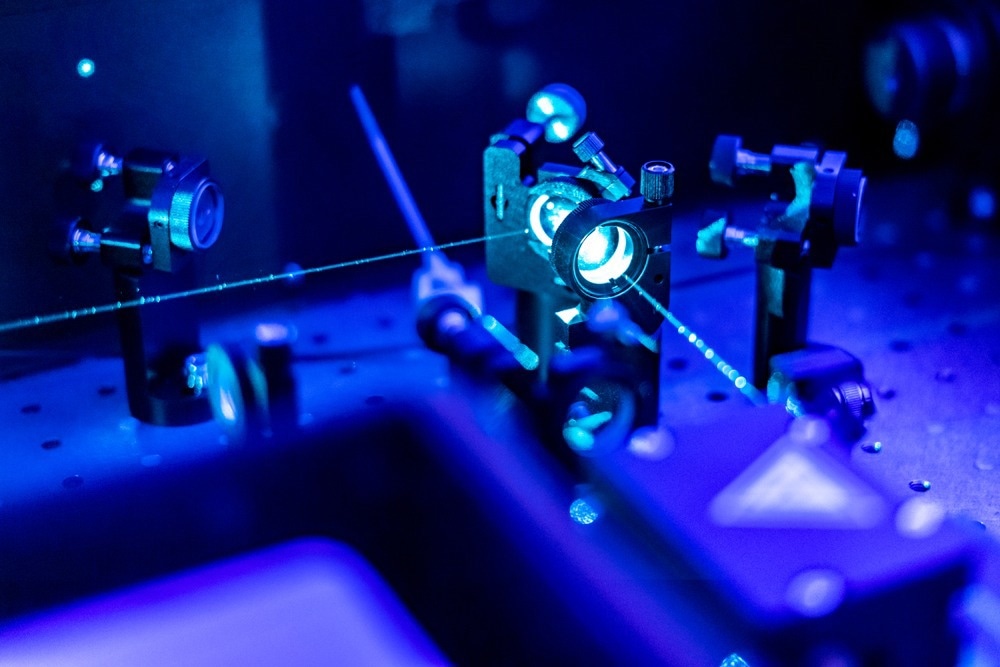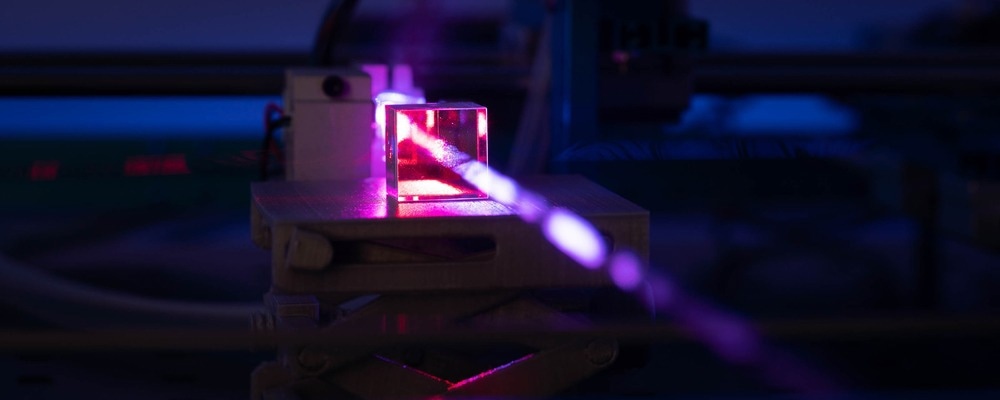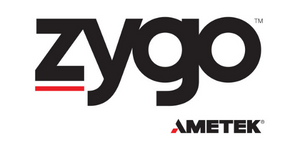The word “zygo” is defined in the Oxford dictionary as “relating to joining or pairing.” The concept of a bridge or connecting link was central to the creation of Zygo in 1970 by its founders, Carl Zanoni, Paul Forman, and Sol Laufer.

Image Credit: Mike_shots/Shutterstock
In a number of ways, Zygo signified the coming together of several parties, whether it be the three founders of the company or the first two key investors: Wesleyan University in New England and Canon of Japan. To this day, the original ideology of “bridging,” which is foundational and key to Zygo’s business operations, generates a range of tangible benefits for its customers.
Zygo’s multiple business units encompass an array of production areas, including 3D optical profilers, laser interferometers, precision optical components, nanopositioning sensors, and optical assemblies.
Resultingly, the combination of these business areas and associated experience built up over the years allows Zygo to deliver a unified customer experience through a unique synergistic approach.
Having started developing and manufacturing advanced optical components over 50 years ago, one of Zygo’s early projects was the production of aspheric lenses.
The optical surfaces were so smooth it was necessary to design and build a device to quantify the optical quality. This gave birth to Zygo’s laser Fizeau interferometer instrument line. Over the years, Zygo has constantly improved its laser interferometers to meet and exceed customer measurement requirements.
Each model improves upon the previous generation from the first GH to the Mark II, III, and IV series to the GPI to the Verifire™ series. Zygo’s interferometers can perform virtually all the measurements required of coated and uncoated optical components, surfaces, and systems.
In the 1980s, Zygo became a key player in the stage positioning marketplace, supplying sensors for photolithography equipment for semiconductor manufacturing. Zygo’s ZMI product line facilitates the simultaneous monitoring of linear displacement and tilt and tip angles through its range of displacement-measuring interferometers, absolute position sensors, stabilized lasers, and complex optical systems.

Image Credit: luchschenF/Shutterstock
Moving into the 1990s, Zygo’s innovations extended into white light coherence scanning microscopes. Utilizing high precision non-contact interferometry, Zygo’s profilers offer high-speed, precision measurements of machined, ground, or highly textured surfaces as well as super-polished surfaces.
From the original NewView™ 100 profiler to the modern NewView 9000 and Nexview NX2™ series of interference microscopes, as well as the cost-efficient ZeGage™ system, each model outclasses and outperforms that of the previous generation.
Since its inception, Zygo has been renowned for producing the highest precision plano surfaces as well as its world-class optical fabrication facilities. This commitment is exemplified by their ongoing support in supplying precision glass to laser fusion institutions worldwide. Their optical business encompasses much more than just glass components.
The world satellite imagery we see today is due in part to telescope assemblies designed and manufactured by Zygo.
As previously mentioned, the synergy that Zygo can leverage, combined with its unparalleled business model, is what allows the company and its clients to succeed. For instance, Zygo’s optical group produces high-quality transmission flats and spheres for its laser interferometer line.
Zygo’s precision positioning business produces advanced helium-neon lasers typically employed across laser interferometer product lines. A ZMI precision distance measuring interferometer provides position feedback for the Asphere+ interferometer part stage.
Zygo’s optical technology facilitates the creation of a broad and advanced array of interference objectives for optical profilers, with magnification options ranging from 1X to 100X. Moreover, Zygo uses its laser interferometers to ensure the precision of its manufactured optics, highlighting just a fraction of Zygo’s extensive capabilities in the field.

This information has been sourced, reviewed and adapted from materials provided by Zygo Corporation.
For more information on this source, please visit Zygo Corporation.